Iron burn: what to do and how to provide first aid at home?
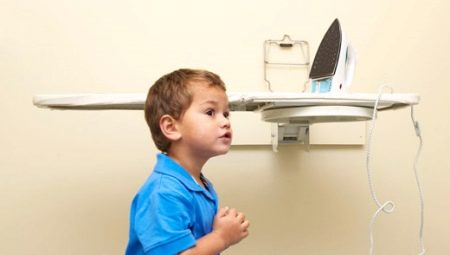
Burning with a heated iron is called thermal. Under the influence of high temperature on the tissue, changes occur in them. The nature of the burn surface depends on the temperature and time of exposure to the skin. The sole of the iron heats up as much as possible to 200 C. Instantly, the cells of the body die already at a temperature of 70 C. The longer the contact with the hot surface, the stronger and more dangerous tissue damage. You can burn yourself not only on the metal surface, but also on the hot steam of the iron.
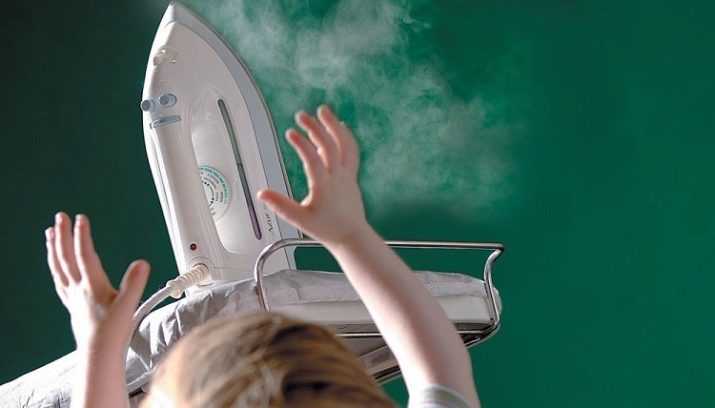
Severity
The severity is determined by the area and depth of damage. If the household appliance was not very hot, no more than 60 C, then wet necrosis will occur (in appearance it resembles a corn).
At higher temperatures, fabrics shrink and turn black. Doctors define 4 degrees of severity. It is difficult for a layman to figure out which tissues were fired. Symptoms of the degree of burn will help to assess the severity of the situation:
- noticeable redness and swelling of the skin;
- bright redness, swelling, bubbles are formed, filled with a transparent yellowish liquid;
- severe skin lesions, with blisters, edema, blood, affecting subcutaneous tissues, muscles;
- on the surface of the wound there is a brown or black scab, muscles, bones and organs are irreversibly damaged.
Doctors attribute burns 1 and 2 degrees to superficial, 3 and 4 - to those that threaten health and require urgent attention to a medical institution.
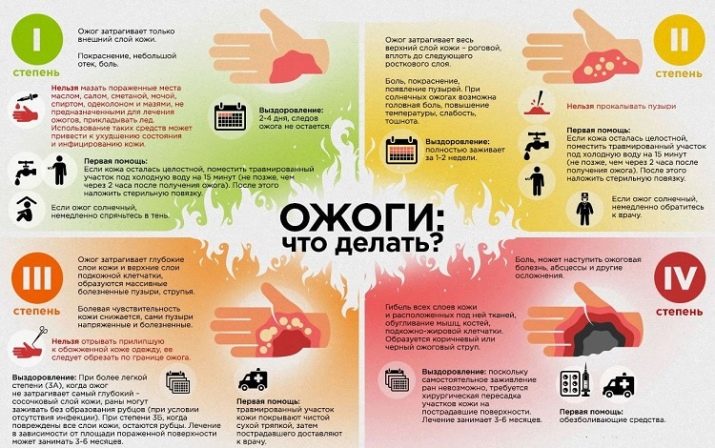
But even minor burns can lead to serious complications:
- shock state;
- accession of infection;
- toxic poisoning.
There are some features of burns in children. The baby's skin is very soft and delicate, it burns faster.The nervous system is not well-formed and the reaction to a burn may be atypical. Due to stress, the child may not cry or experience pain. Or, conversely, experience a strong shock and nervous excitement.
Even with a small area of damage to children's skin, complications may occur. Burn shock in children is manifested by chills, vomiting, thirst. It is difficult for the child to breathe, the heart rate increases, the pulse increases. If the temperature rises, then you urgently need to go to an ambulance.

First aid
At home, you can help only by fully assessing the situation. It is necessary to calm the child down, examine him. Ask about his health. Only superficial burns can be treated at home. In these cases, the skin regenerates on its own. The main principles are cooling, disinfecting the burn surface and promoting early healing. Activities should be carried out immediately. If the child has burned his hand or fingers, examine the wound. If the material of the garment sticks, it must be carefully removed. It is important not to cause pain and further irritation of the skin. You can't take off your clothes - you should cut them off, leave the adhering piece on the wound.
To cool the burn surface, dry ice can be purchased in your home medicine cabinet. Plain ice should be put in a bag, wrapped in a clean cloth or medical bandage, sterility is important. Applying an ice compress for no more than 5 minutes, prolonged exposure to the skin provokes tissue necrosis. If ice is not at hand, you can use cold tap water, hold the burn under the stream for no more than 10 minutes. Then wipe it gently with a clean towel or blot with a paper towel.
Disinfect the burn with alcohol, alcohol tincture, a weak solution of potassium permanganate, hydrogen peroxide, boric acid. If special disinfectants are not available, use a soapy solution. Dampen a piece of bandage, gauze, or cotton pad and wipe off the scalded skin. For early healing and relief of symptoms, special creams, ointments, and spray are used. Complex preparations are capable of locally anesthetizing, disinfecting and protecting the skin.
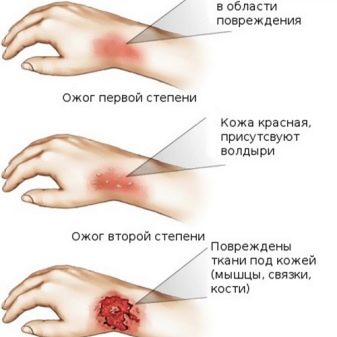
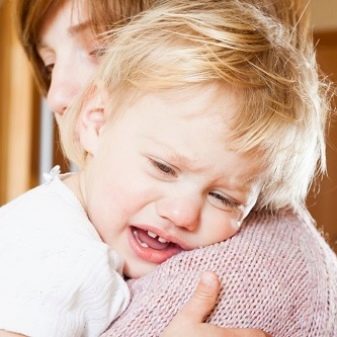
Apply a bandage. To do this, take a sterile bandage, fold it into a square of several layers, apply the product on it and attach the bandage to the wound. The bandage is fixed on top with a bandage in several layers. The burn wound is quite painful, if the pain is intolerable, you can drink an analgesic or use local anesthetics. Children can be given Panadol, Calpol, Paracetamol, Ibuprofen. Read the instructions before use. The dosage depends on the age and body weight of the child.
With a burn of 1 degree on the reddened skin, you need to apply an alcohol bandage and an antiseptic. For painful sensations, use Amprovizol anesthetic aerosol. Pressing the cylinder head from a distance of 20-30 cm, hold it for 2 seconds. You can use such anesthesia 2-3 times. The drug is contraindicated for burns of the 2nd degree. Then apply a loose bandage. Change 1-3 times a day. Complete recovery of the skin in 5-7 days.
With a burn of 2 degrees it is necessary to treat the wound surface with alcohol. Do not pierce or drain small bubbles! Large blisters should be kicked in and the liquid released. The skin on the surface will protect the exposed tissue until it regenerates. The child should not touch this skin. If it is not there, then bacterial infection is possible. After cooling and rinsing, a bandage with ointment or cream is applied. The bandage should be changed 3-5 times a day.
Similarly, it is necessary to proceed with burns of the 3rd degree. The skin is restored after 2 weeks. If there is suppuration of the surface of the wound or tissue, an antiseptic dressing is applied with aqueous solutions of antiseptics and water-soluble ointments.If there are large burns, burned airways (neck, nose, mouth), damaged eyes, black, charred areas on the wound, do not self-medicate. The urgent help of specialists is required.
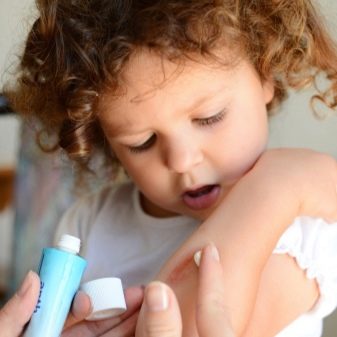
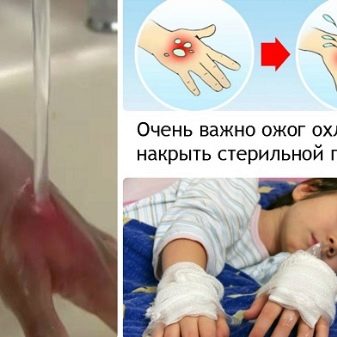
How and how to treat a burn?
At home, both adults and children are at risk of burns. Most often, they burn with an iron and injure limbs: hands, feet, fingers. There are frequent cases of burns to the face and abdomen. After providing first aid, assessing the situation and the degree of the burn, you need to seek help from the hospital or continue treatment at home. Usually iron burns do not cause serious consequences, these are burns of 1 and 2 degrees. You can cure them at home.
Drinking and diet should be followed. It is necessary to consume more liquid - up to 4 liters per day. Due to tissue necrosis, toxins enter the bloodstream. Fever, weakness, nausea rise. Drinking plenty of fluids will quickly flush toxins from the body and relieve symptoms. Eat a healthy, balanced diet during the healing period.

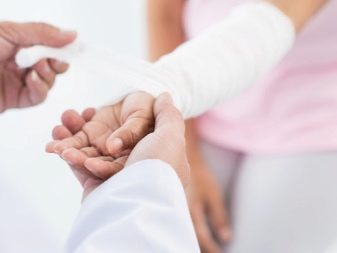
The dressings used for medicinal purposes should be atraumatic, not stick to the wound, remove painlessly, without damaging the epithelium. For this purpose, non-traumatic "mesh" dressings (such as tulle-gras) have been specially developed. The composition of the material for the dressings contains hydrophobic substances, with their help the dressing does not react with the skin surface, protecting the wound from external influences.
You can apply a special Branolid patch. The disinfectant gel is applied to a textile base made of cotton. It promotes rapid regeneration. In order to treat the wound covering at the stage of inflammation, Activetex napkins, Voskopran polyamide mesh are used: bees wax and antibacterial ointment are applied to it. Promotes wound cleansing, reduces scarring.
A similar protective agent is Arkogol. This is an antiseptic glue. After application, a protective film forms on the wound. It does not allow air and bacteria to pass through. Easily washed off with water.
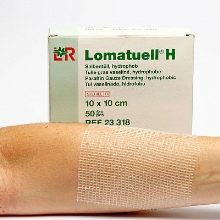
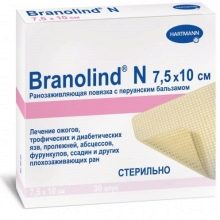
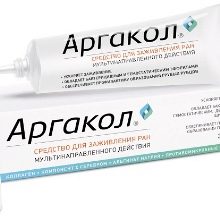
Special drugs
After the surface is disinfected, it must be lubricated with medications. Applying a bandage for grade 1 burns is desirable, for grade 2-3 it is a prerequisite for successful treatment. During healing, the tissues are stretched and scarred. So that the skin heals evenly and without pain, special medications are used.
- Panthenol, Depanthenol, Bepanten. The products are sold in different forms: cream, ointment, gel, spray. The active substance is able to integrate into the cells of the body and participate in metabolic reactions, regeneration is accelerated, and the inflammatory response decreases.
- Levomekol. Anti-inflammatory ointment with antimicrobial action, quickly repairs damage to the skin.
- La Cree - contains only natural substances. Destroys bacteria and reduces irritation. The ointment is recommended for children and even babies.
- Olazol - antiseptic spray with sea buckthorn oil and anesthetic. Pain relieves and disinfects.
During healing, the burn site must be protected from ultraviolet light. The renewing cells are prone to pigmentation. To avoid a dark spot, when going outside, cover the damaged area. Scar formation after a burn with an iron can be removed surgically, with a laser, or by a beautician using professional peels and resurfacing.
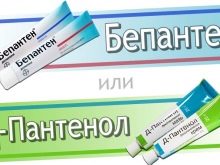
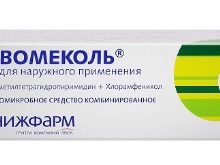
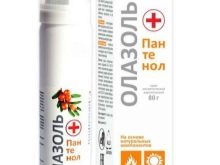
Folk remedies
At home, there may not be special tools at hand. But traditional medicine recipes will come to the rescue.
- Chicken egg white... The whipped protein mixture is spread over the reddened skin. This will help repair the damaged surface. When dry, a protective film forms.
- Tomato paste for a compress helps to cope with swelling and inflammation, prevents the formation of blisters.
- Raw potatoes - the most common remedy. The grated gruel is applied to the skin. You can add honey to it to soften.The bandage is fixed with a bandage for 2 hours. Change 3-4 times. In an emergency, you can simply cut the potatoes and attach a wedge to the wound.
- Aloe juice possesses regenerative properties, while cooling the damaged area. A peeled sheet can be used in a compress. It is applied and fixed for some time.
- Oils help reduce scars: olive, linseed, caraway seeds... Liquid vitamin E also helps. You can use them for lotions or ingest.
- For pain relief glycerin is used.
- Apply to skin immediately after damage baking soda and rinse the wound with cold water. It disinfects and relieves pain.
- Menthol toothpaste will help relieve swelling, cool, reduce redness.
- Cabbage leaf or gruel is also used for compress. Applied for 60 minutes. Relieves pain.
It is important to understand that natural and herbal ingredients can cause irritation and allergies. They should not be used for damaged blisters and grade 3 and 4 burns. Patients with serious burns are treated exclusively in a hospital. Microbial infections of wounds are treated with antibiotics.

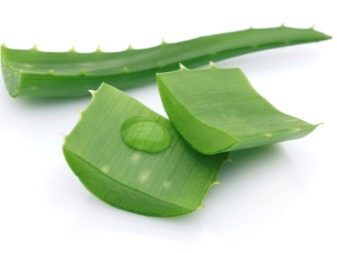
What can’t be done?
Do not use animal or vegetable oil, dairy products for lotions - there is a risk of infection. Foods or oily cosmetic creams are an excellent breeding ground for bacteria. Alcohol, perfume, cologne are often used for disinfection. It is believed to contain alcohol. It is absolutely impossible to do this because of the strong irritating effect of impurities.
Do not touch the affected area with your hands and damage the blisters with sharp objects. It is prohibited to use oily chemicals such as kerosene, gasoline or dangerous recipes of traditional medicine with the use of solutions for lotions of vinegar, acids, urine. There is a risk of getting a more severe burn and infection. The bandage should not be too tight. It is forbidden to use cotton wool for application. Its villi may remain in the wound. For early healing, you must immediately provide first aid at home, consult a doctor and follow all recommendations.
For information on how to treat burns at home, see the next video.








